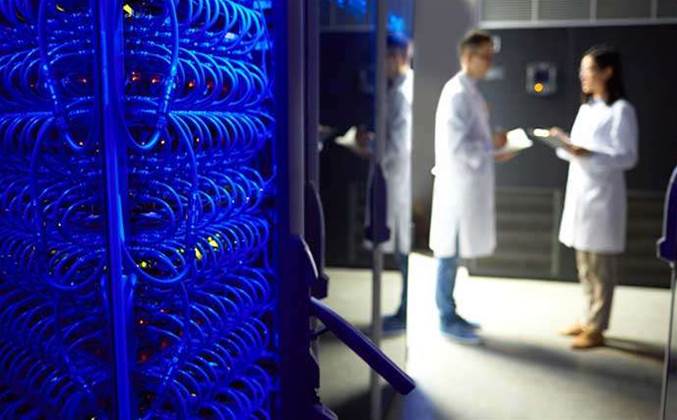Melbourne's Swinburne University has chosen Dell EMC to build its next generation astrophysics research supercomputer, which will become Australia's third fastest when deployed later this year.

The $4 million 'OzSTAR' supercomputer will replace the current SGI-built GPU supercomputer for theoretical astrophysics research (gSTAR) that has been used by Swinburne's centre for astrophysics and supercomputing since 2011.
It will also support the the Australian Research Council's new centre of excellence for gravitational wave discovery (OzGrav) - a partnership between six of Australia's leading astronomy universities and the CSIRO, funded to the tune of $31.3 million - that is being led by the university.
Swinburne began looking for a vendor to supply a large-scale CPU and GPU system last year that could expand on the 2000-core capacity of the current system, according to Professor Jarrod Hurley, who led the design of the supercomputer.
The new supercomputer will be based on Dell EMC's PowerEdge platform, with a total of 115 PowerEdge R740's for compute - eight of which are data crunching nodes - and will run on Linux. Each node will have two Intel Xeon processors or 36 compute cores per modular building block, as well as two Nvidia P100 GPUs.
This will give researchers access to total processing power that will exceed the theoretical performance of over 1.275 petaflops - making it the third fastest supercomputer in Australia, after the National Computational Infrastructure’s Raijin supercomputer and CSIRO’s new Bracewell supercomputer, which is also built by Dell EMC.
"Effectively this will provide Swinburne University with the ability to crunch over a quadrillion calculations into a single second, and the processing power that will provide multiple generations worth of research into that single second that we would not be to do manually on paper or with desktop computers," Dell EMC HPC lead Andrew Underwood said.
There is also five petabytes of usable parallel file system that will allows researchers to move files across the supercomputer at 60 gigabytes a second.
Dell also provides that infrastructure behind Swinburne’s own internal research cloud.
The new supercomputer will be housed within Swinburne's existing data centre. It is expected to be installed over four weeks and go live before the end of September.



_(20).jpg&h=140&w=231&c=1&s=0)
_(22).jpg&h=140&w=231&c=1&s=0)






 iTnews Executive Retreat - Security Leaders Edition
iTnews Executive Retreat - Security Leaders Edition












_(1).jpg&h=140&w=231&c=1&s=0)



